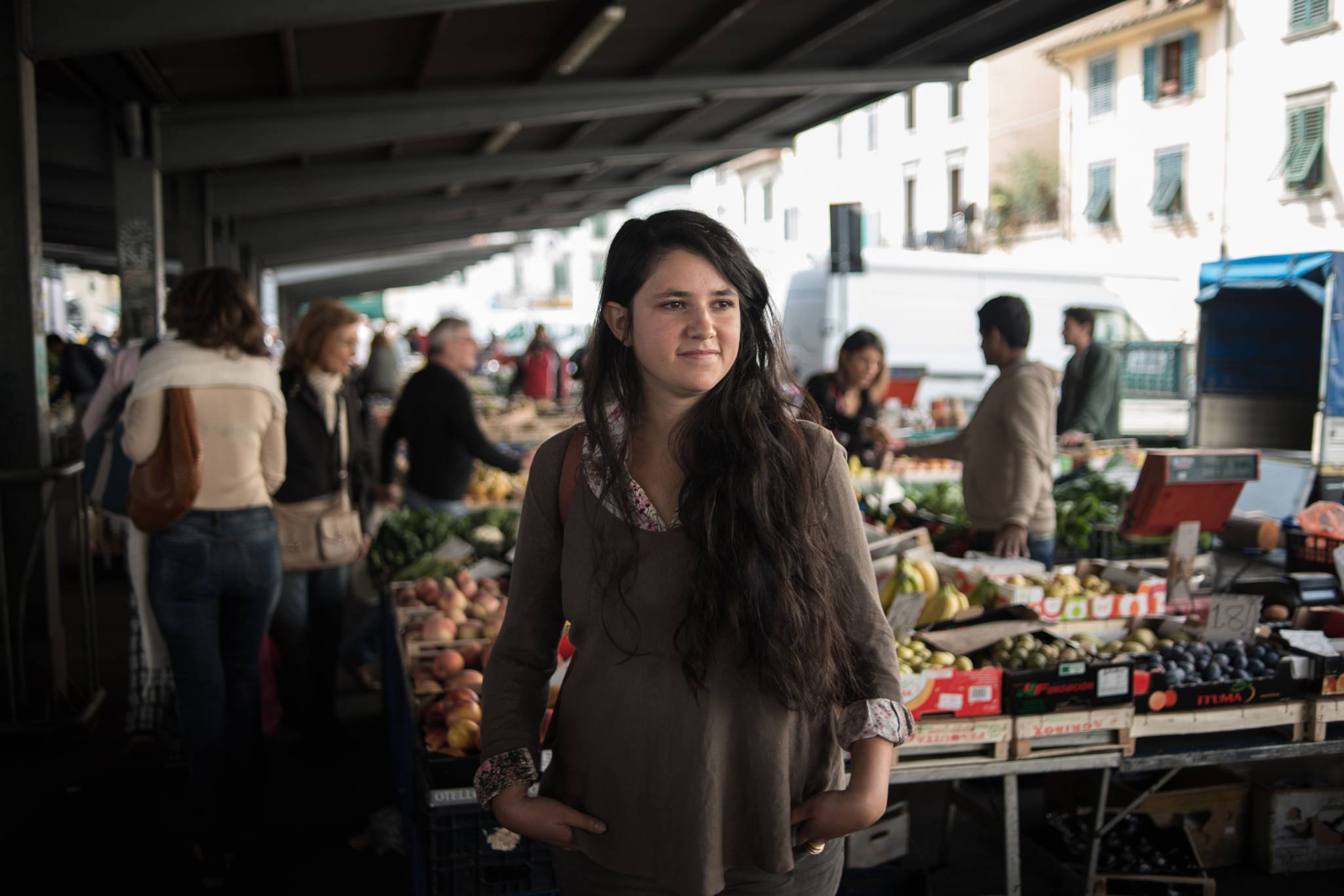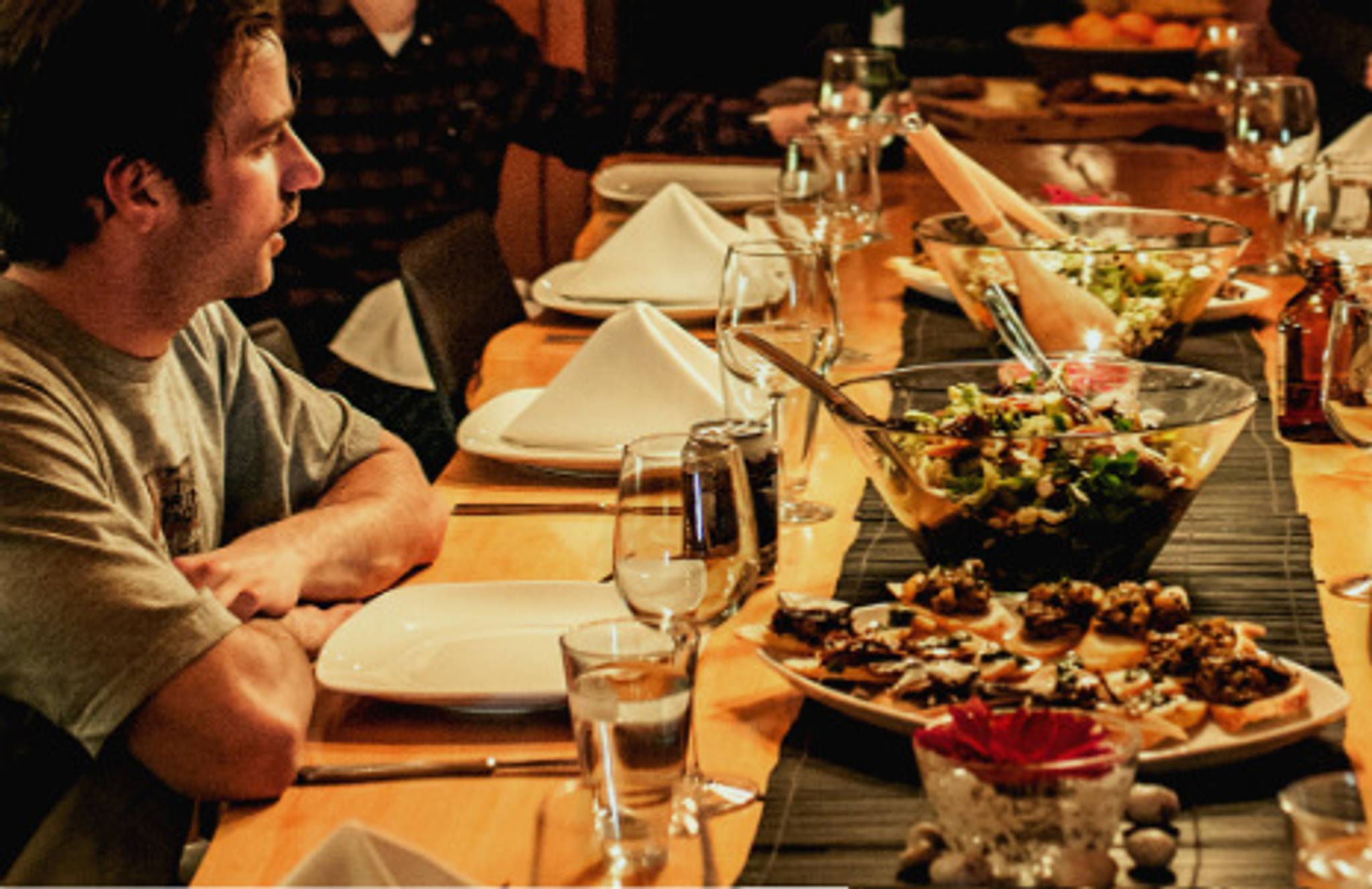
The Zero Waste movement is not embodied by festivals, websites or organisations, but by bloggers and YouTubers who have a collective desire for polished beauty and a clean, minimalist aesthetic. We uncover the insights behind how these extremely eco-conscious consumers are minimising their impact on the planet.
Trash is a big problem. Globally, 1.3 billion tonnes of rubbish is produced each year, and that figure is expected to reach 2.2 billion by 2025. While the majority of people give little thought to the ecological footprint they leave behind – the average American generates 4.4 pounds of waste daily – there’s a subculture of mostly Gen Y women who can fit a year's worth of non-recyclable trash into a jam jar.
Living mostly in suburbs and small towns – anywhere with room for a compost pile – Zero Wasters aspire to get rid of rubbish completely. Packaging is seen as wasteful, even when it can be recycled, and is consequently avoided. Yet despite how austere this lifestyle may seem, these individuals are not giving up their sense of style. Many share tips and techniques on social media; alongside the growing prominence of blogs such as Trash is for Tossers, Zero Waste Home, and Wasteland Rebel, there are over 125,000 posts tagged with #ZeroWaste on Instagram, with the term producing nearly 100,000 results on YouTube.
“I buy from smaller companies that make sustainable, compostable, zero waste home and hygiene goods,” says Celia Ristow, creator of the Litterless blog. “To the people around me, I’m modelling what small daily actions can look like.” Ristow and other members of the Zero Waste movement represent a shift in how people view the relationship between consumerism and the environment. For instance, the number of Americans who thought climate change was ‘caused by human activity’ jumped from 48% to 53% between 2014 and 2016, while 51% believe climate change is already harming people in the US, up from 42%.
“Women are concerned about the health effects of the growing amount of chemicals and toxins in our everyday lives,” says Kate Bailey, program manager at Eco-Cycle Solutions, an American non-profit that provides recycling and composting services. “As the primary purchasers in the household, they are on the frontlines of hyper-consumption in the US. They’re frustrated by the growing prevalence of single-use, disposable products, the trend to over-package, and the lack of choices when it comes to sustainable, less toxic products.”
Alex Quicho is the Americas editor at Canvas8, which specialises in behavioural insights and consumer research. Born in Boston and raised in Manila, she’s a writer and cultural researcher, with an interest in identity, futures, and soft power in art and design.



